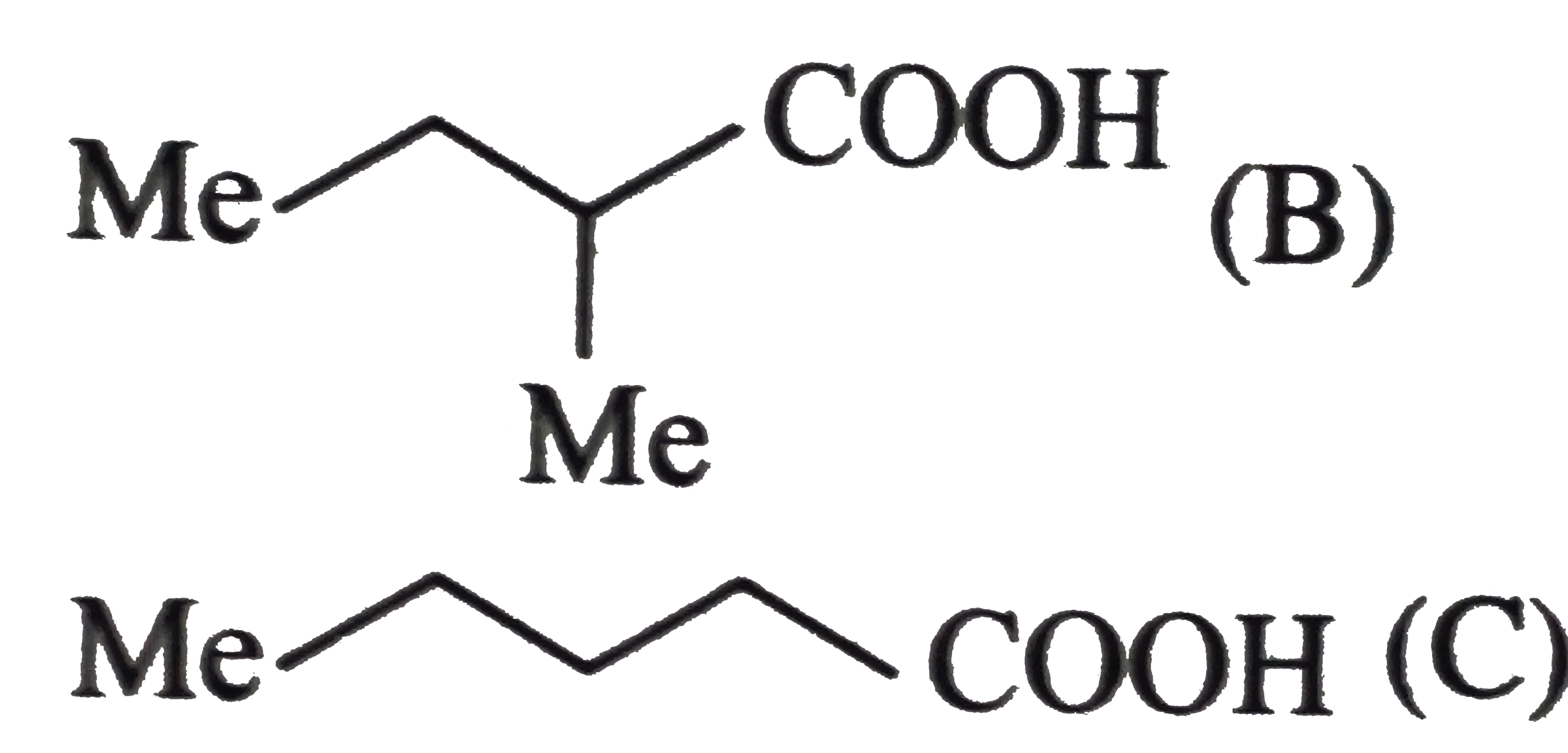Differentiate between the following :
Prokaryotic cell and Eukaryotic cell.
To differentiate between prokaryotic and eukaryotic cells, we can outline the key differences in a structured manner:
1. Nucleus:
- Prokaryotic Cells: Do not have a defined nucleus; the genetic material (DNA) is not enclosed within a membrane. The DNA is present in a region called the nucleoid.
- Eukaryotic Cells: Have a true nucleus that is enclosed by a nuclear membrane, which contains the cell's genetic material.
2. Organelles:
- Prokaryotic Cells: Lack membrane-bound organelles. They do not have structures such as mitochondria, endoplasmic reticulum, or Golgi apparatus.
- Eukaryotic Cells: Contain membrane-bound organelles, including mitochondria, chloroplasts (in plants), endoplasmic reticulum, and Golgi apparatus.
3. Size:
- Prokaryotic Cells: Generally smaller in size, typically ranging from 0.1 to 5.0 micrometers.
- Eukaryotic Cells: Generally larger, typically ranging from 10 to 100 micrometers.
4. Ribosomes:
- Prokaryotic Cells: Have smaller ribosomes, known as 70S ribosomes.
- Eukaryotic Cells: Have larger ribosomes, known as 80S ribosomes.
5. Cell Wall:
- Prokaryotic Cells: Most have a rigid cell wall made of peptidoglycan (in bacteria).
- Eukaryotic Cells: Plant cells have a cell wall made of cellulose, while animal cells do not have a cell wall.
6. Reproduction:
- Prokaryotic Cells: Reproduce asexually through binary fission.
- Eukaryotic Cells: Can reproduce asexually (mitosis) or sexually (meiosis).
7. Examples:
- Prokaryotic Cells: Bacteria and Archaea.
- Eukaryotic Cells: Animals, plants, fungi, and protists.
Summary Table:
| Feature | Prokaryotic Cells | Eukaryotic Cells |
|-----------------------------|------------------------------------|-----------------------------------|
| Nucleus | No defined nucleus (nucleoid) | True nucleus with nuclear membrane |
| Organelles | No membrane-bound organelles | Membrane-bound organelles present |
| Size | Smaller (0.1 - 5.0 µm) | Larger (10 - 100 µm) |
| Ribosomes | 70S ribosomes | 80S ribosomes |
| Cell Wall | Present (peptidoglycan) | Present (cellulose in plants) or absent (in animals) |
| Reproduction | Asexual (binary fission) | Asexual (mitosis) or sexual (meiosis) |
| Examples | Bacteria, Archaea | Animals, plants, fungi, protists |
- Prokaryotic Cells: Do not have a defined nucleus; the genetic material (DNA) is not enclosed within a membrane. The DNA is present in a region called the nucleoid.
- Eukaryotic Cells: Have a true nucleus that is enclosed by a nuclear membrane, which contains the cell's genetic material.
- Prokaryotic Cells: Lack membrane-bound organelles. They do not have structures such as mitochondria, endoplasmic reticulum, or Golgi apparatus.
- Eukaryotic Cells: Contain membrane-bound organelles, including mitochondria, chloroplasts (in plants), endoplasmic reticulum, and Golgi apparatus.
- Prokaryotic Cells: Generally smaller in size, typically ranging from 0.1 to 5.0 micrometers.
- Eukaryotic Cells: Generally larger, typically ranging from 10 to 100 micrometers.
- Prokaryotic Cells: Have smaller ribosomes, known as 70S ribosomes.
- Eukaryotic Cells: Have larger ribosomes, known as 80S ribosomes.
- Prokaryotic Cells: Most have a rigid cell wall made of peptidoglycan (in bacteria).
- Eukaryotic Cells: Plant cells have a cell wall made of cellulose, while animal cells do not have a cell wall.
- Prokaryotic Cells: Reproduce asexually through binary fission.
- Eukaryotic Cells: Can reproduce asexually (mitosis) or sexually (meiosis).
- Prokaryotic Cells: Bacteria and Archaea.
- Eukaryotic Cells: Animals, plants, fungi, and protists.
|-----------------------------|------------------------------------|-----------------------------------|
| Nucleus | No defined nucleus (nucleoid) | True nucleus with nuclear membrane |
| Organelles | No membrane-bound organelles | Membrane-bound organelles present |
| Size | Smaller (0.1 - 5.0 µm) | Larger (10 - 100 µm) |
| Ribosomes | 70S ribosomes | 80S ribosomes |
| Cell Wall | Present (peptidoglycan) | Present (cellulose in plants) or absent (in animals) |
| Reproduction | Asexual (binary fission) | Asexual (mitosis) or sexual (meiosis) |
| Examples | Bacteria, Archaea | Animals, plants, fungi, protists |
Topper's Solved these Questions
- CELL - THE UNIT OF LIFEBOOK - ICSECHAPTER - CELL - THE UNIT OF LIFEEXERCISE - REVIEW QUESTIONS (ANALOGY TYPE QUESTIONS)
5 Videos
- CELL - THE UNIT OF LIFEBOOK - ICSECHAPTER - CELL - THE UNIT OF LIFEEXERCISE - REVIEW QUESTIONS (GIVE ONE WORD FOR THE FOLLOWING)
5 Videos
- CELL - THE UNIT OF LIFEBOOK - ICSECHAPTER - CELL - THE UNIT OF LIFEEXERCISE - REVIEW QUESTIONS (LONG ANSWER TYPE QUESTIONS)
14 Videos
- BREATHING AND EXCHANGE OF GASESBOOK - ICSECHAPTER - BREATHING AND EXCHANGE OF GASESEXERCISE - REVIEW QUESTIONS (LONG ANSWER TYPE QUESTIONS)
8 Videos
- CELL : THE UNIT OF LIFE BOOK - ICSECHAPTER - CELL : THE UNIT OF LIFE EXERCISE - Differentiate Between
18 Videos
Similar Questions
Prokaryotic and Eukaryotic Cell
View SolutionDifferentiate between the following:
Stamen and carpel
View SolutionDifferentiate between the following:
Seed and fruit
View SolutionDifferentiate between the following:
Lotus and Hydrilla
View SolutionDifferentiate between the following:
Calyx and corolla
View SolutionDifferentiate between the following acids :
(a)
(b)
View SolutionDifferentiate between the following :
Animal cell and Plant cell.
View SolutionDifferentiate between the following:
Sieve cells and Sieve tubes
View SolutionDifferentiate between the following
Protoxylem and Metaxylem
View SolutionDifferentiate between the following:
Pepsin and Trypsin
View Solution
